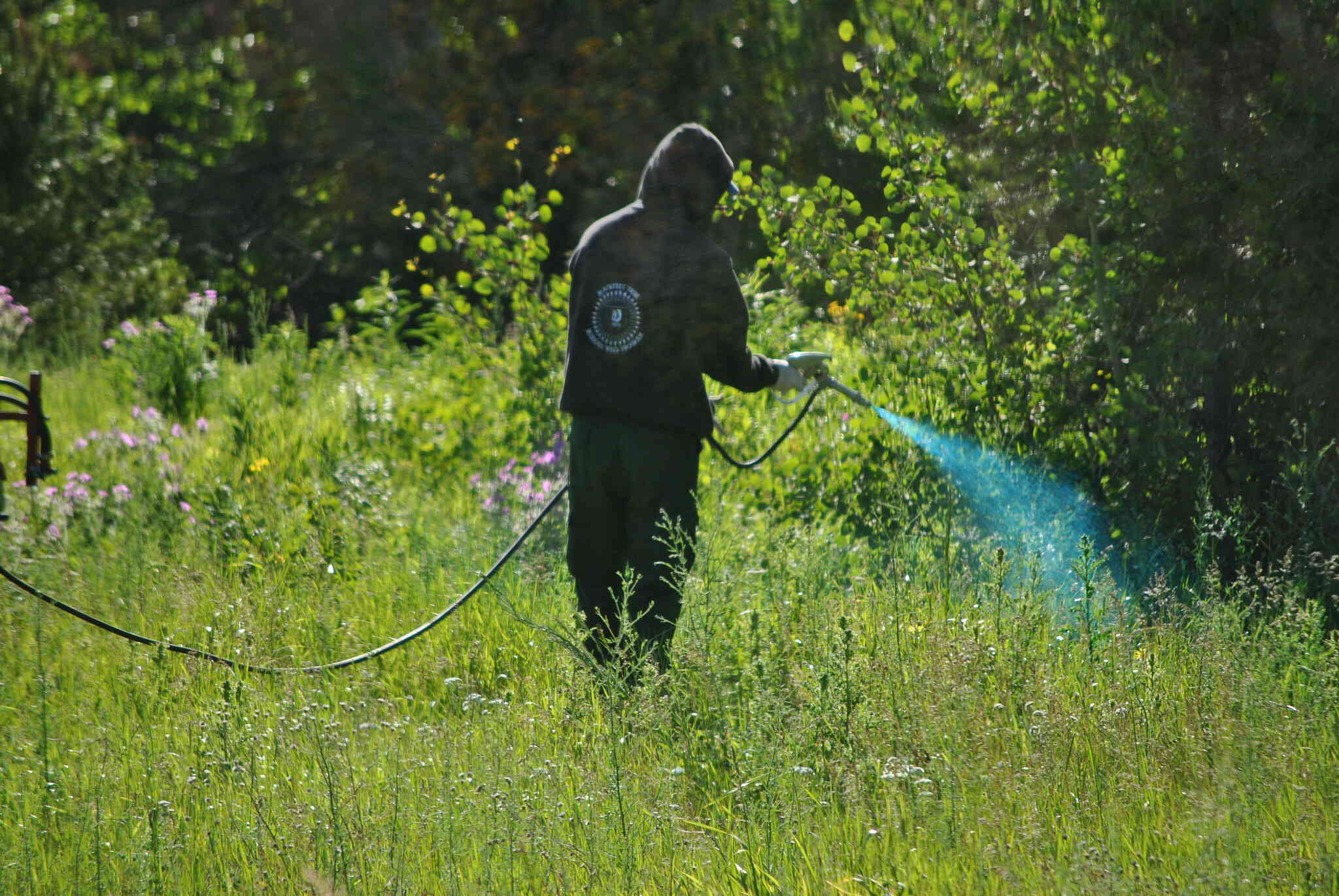Industry and the public are being asked for information about the use of the herbicide glyphosate, in a new consultation by the EPA.
Glyphosate is used in weed killers, such as Roundup, by gardeners, farmers and councils, but the possible environmental and health effects have been subject to public debate.
The EPA’s position, similar to Australia, Canada, the US and the EU, is that glyphosate products are safe as long as all the rules for use are followed. Glyphosate use is currently being reviewed in Europe.
The SMC asked experts to comment on the EPA’s call for information on glyphosate use.
Dr Belinda Cridge, mechanistic toxicologist and Technical Lead for Drinking Water, Institute of Environmental Science and Research (ESR), comments:
“As a toxicologist, while I do not have serious concerns about the toxicity of glyphosate, I welcome this inclusive call for information. Our understanding of chemicals develops over time and it is incumbent upon the EPA to continually reassess current literature, knowledge, and social acceptance of the chemicals we use.
“With major reviews occurring in the US and EU to update our understanding of the risks and benefits of glyphosate use, it is important that the EPA has New Zealand-relevant information to allow decisions as to the future use of the chemical here. The work of the EPA in seeking this information proactively is appropriate and will add a great deal of context to the overall risk assessment for this chemical. I would encourage people who have concerns or comments about glyphosate use in New Zealand to participate in this process to allow their insights to be captured.”
No conflict of interest.
Professor Ian Shaw, Professor of Toxicology, University of Canterbury, comments:
“I was (and remain) amazed that the EPA decided not to include glyphosate in its review of pesticides and related chemicals. The news that they are calling for information on its use is encouraging because it suggests that they might at least be interested in considering its potential environmental and human health impact.
“I was so surprised that the EPA decided not to review glyphosate that I undertook a review of its chemistry, use and toxicity to both humans and ecosystems as a means of assessing its risk (this will be published in the New Zealand Science Review).
“My conclusion was that glyphosate’s acute effects in both humans and on the environment are likely negligible, but that we have too little data to determine its long-term effects definitively.
“However, the available data point firmly to long-term environmental effects and effects in workers handling glyphosate regularly without appropriate personal protective equipment. In contrast, the recent reports of residues in food (e.g. honey) are very unlikely indeed to negatively affect consumer health.“
No conflict of interest declared.
Associate Professor Brian Cox, Director of the Hugh Adam Cancer Epidemiology Unit, University of Otago, comments:
“In 2015, the International Agency for Research on Cancer (IARC) classified glyphosate, a major ingredient of many weed killers, as a probable carcinogen (a possible cancer-causing agent in their Group 2A category). That is, the IARC considered there was limited evidence that glyphosate may cause cancer, but any association with cancer may be due to other things. Herbicide use is seldom exposure to just one specific product, and the dose, duration, type, and frequency of exposure is relevant to any potential risk.
“It is appropriate that the EPA in New Zealand reviews the use of glyphosate and the manner in which people may become exposed to it during its use. This is necessary to assess the balance of the evidence of risk from the use of glyphosate and the views of users, the public, and New Zealand industry.
“The IARC definition of Group 2A is: the agent is probably carcinogenic to humans. This category is used when there is limited evidence of carcinogenicity in humans and sufficient evidence of carcinogenicity in experimental animals. Limited evidence means that a positive association has been observed between exposure to the agent and cancer but that other explanations for the observations (called chance, bias, or confounding) could not be ruled out. This category is also used when there is limited evidence of carcinogenicity in humans and strong data on how the agent causes cancer.”
No conflict of interest.
Dr Kerry Harrington, Senior Lecturer in Weed Science, Massey University, comments:
“It is concerning that policy over glyphosate in Europe appears to be more swayed by public perceptions than facts. Most toxicologists across the world now agree that glyphosate is unlikely to cause cancer in humans.
“If glyphosate was to be removed from use, the possible replacements are either less effective or likely to be more damaging to the environment than glyphosate. The use of this herbicide in agriculture has enabled much more use of direct drilling when establishing crops and pastures, thereby reducing soil erosion, and no other herbicide can be used to allow satisfactory direct drilling without weed problems afterwards. (Direct drilling involves establishing crops without cultivating the soil.)
“Councils will have difficulties keeping weeds under control in our communities without needing to increase costs considerably from using less effective alternatives. But the EPA in New Zealand will hopefully use this exercise to reassure themselves and the community that it is correct to continue using glyphosate within New Zealand.”
Conflict of interest statement: “I work with people throughout New Zealand to develop efficient weed control practices. But I am paid only by my university and do not derive income from chemical companies or other such bodies, apart from some paying for their staff to attend a 3-day short course to help them understand herbicides better.”
